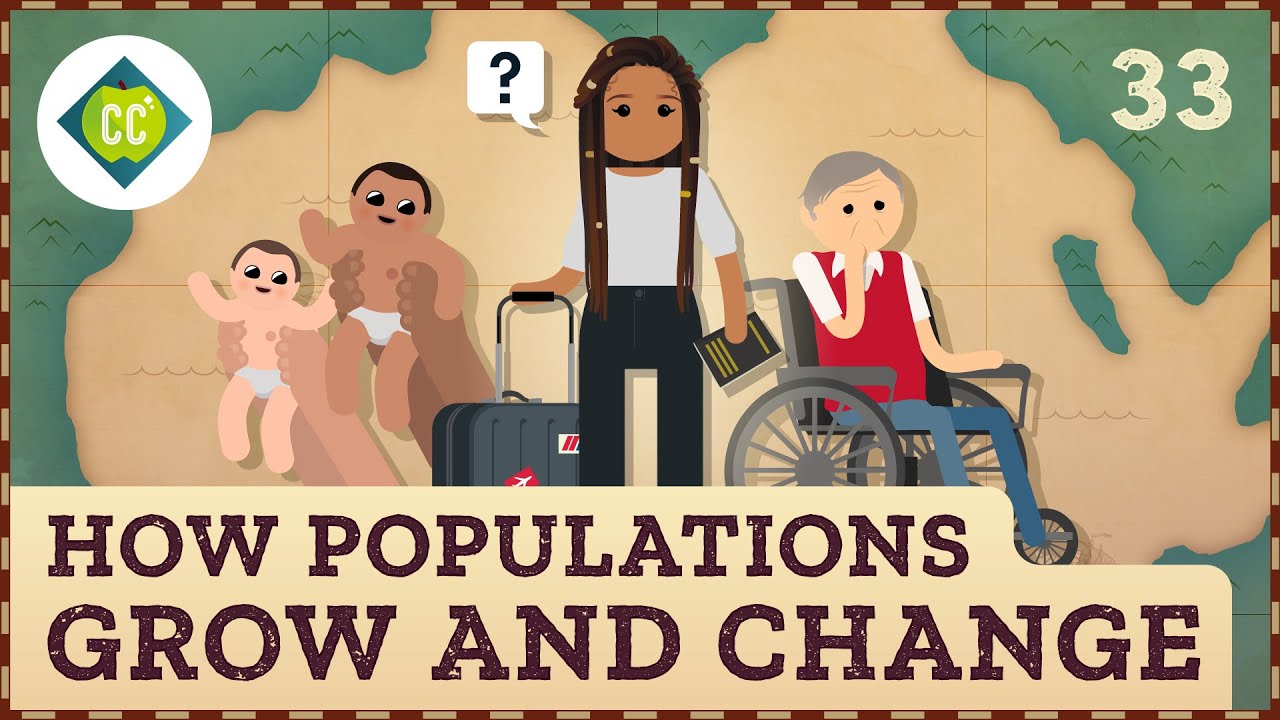Introduction: Examining the Feasibility of Housing the World Population in Rhode Island
The idea of accommodating the entire world population in a single region may seem far-fetched, yet it sparks curiosity about the possibilities and challenges associated with such a feat. This article aims to explore the feasibility of housing the world population in Rhode Island, an American state known for its small geographic size. By analyzing the magnitude of the global population, Rhode Island’s geographical and demographic characteristics, infrastructure challenges, environmental impact, resource management issues, socioeconomic implications, potential strategies, and alternative solutions, we can gain a comprehensive understanding of this hypothetical scenario’s practicality.
Understanding the Magnitude of the World Population
The world population currently stands at approximately 7.9 billion people and is projected to reach 9.7 billion by 2050. Accommodating such a vast number of individuals requires massive land and resource allocation. Consequently, any attempt to house the entire global population in a limited area like Rhode Island would pose considerable challenges.
Rhode Island’s Geographical and Demographic Characteristics
Rhode Island, the smallest state in the United States, covers an area of approximately 1,214 square miles. It has a population of around 1.1 million people, making it densely populated compared to other states. Despite its small size, Rhode Island boasts a diverse landscape, including coastal areas, urban centers, and suburban neighborhoods, which contribute to its unique demographic makeup.
Calculating the Area Required to Accommodate the World Population
To estimate the area necessary to accommodate the world population, we must consider various factors such as housing, infrastructure, agriculture, and public spaces. Assuming an average living space of 100 square meters per person, accommodating 9.7 billion individuals would require an area of approximately 970,000 square kilometers, which is significantly larger than Rhode Island’s land area.
Examining Rhode Island’s Area and Population Capacity
With an area of only 1,214 square miles (3,144 square kilometers), Rhode Island falls vastly short of the land area required to house the world population. The state’s physical limitations would make it impossible to accommodate even a fraction of the global population without severe overcrowding and inadequate living conditions.
Assessing the Infrastructure Challenges of Housing the World Population
Accommodating the world population in Rhode Island would create immense infrastructure challenges. The existing transportation, healthcare, educational, and utility systems in the state are designed to support its current population. Expanding infrastructure to fit the needs of billions of people would be an insurmountable task, leading to overwhelmed services and likely compromising the quality of life for residents.
Considering the Environmental Impact of Concentrated Population in Rhode Island
The concentration of the world population in Rhode Island would have significant environmental consequences. The state’s ecosystems, natural resources, and biodiversity would face intense pressure due to increased demand for food, water, energy, and land. This imposition could result in habitat destruction, resource depletion, and increased pollution, exacerbating climate change and threatening the fragile balance of Rhode Island’s environment.
Addressing Resource Management Issues in Accommodating the World Population
Housing the entire global population in Rhode Island would present severe resource management challenges. The state’s limited freshwater supply, agricultural capacity, and energy resources would be insufficient to sustain such a massive population. Ensuring equitable distribution of resources, managing waste, and mitigating environmental degradation would be exceedingly difficult with the strain of accommodating billions of people.
Analyzing the Socioeconomic Implications of Mass Population Relocation
The mass relocation of the world population to Rhode Island would have profound socioeconomic implications. The influx of people would strain the job market, leading to increased unemployment rates and economic instability. Additionally, the diverse cultural backgrounds and socioeconomic disparities of the global population could generate social tensions and inequality within the already densely-populated state.
Evaluating Potential Strategies to Accommodate the Global Population
While housing the entire world population in Rhode Island is impractical, exploring potential strategies to address the challenges posed by global population growth is crucial. Initiatives such as sustainable urban planning, efficient resource management, and effective governance should be pursued to ensure equitable development, promote environmental sustainability, and improve the quality of life for all individuals.
Exploring Alternative Solutions to the World Population Challenge
Rather than concentrating the world population in a small region like Rhode Island, alternative solutions should be considered. These include investing in education, healthcare, and family planning to reduce population growth rates, promoting sustainable development practices worldwide, and fostering cooperation among nations to address global challenges collectively. By adopting a holistic approach, we can strive for a more sustainable and equitable future for all.
Conclusion: The Impracticality of Housing the Entire World Population in Rhode Island
While the idea of accommodating the entire global population in Rhode Island presents an intriguing thought experiment, it is inherently impractical. The vast magnitude of the world population, coupled with Rhode Island’s limited land area, infrastructure constraints, environmental impact, resource management challenges, and socioeconomic implications make it clear that such a scenario is not feasible. Instead, we should focus on implementing sustainable practices, addressing global inequalities, and seeking alternative solutions to ensure a prosperous future for the entire world population.





